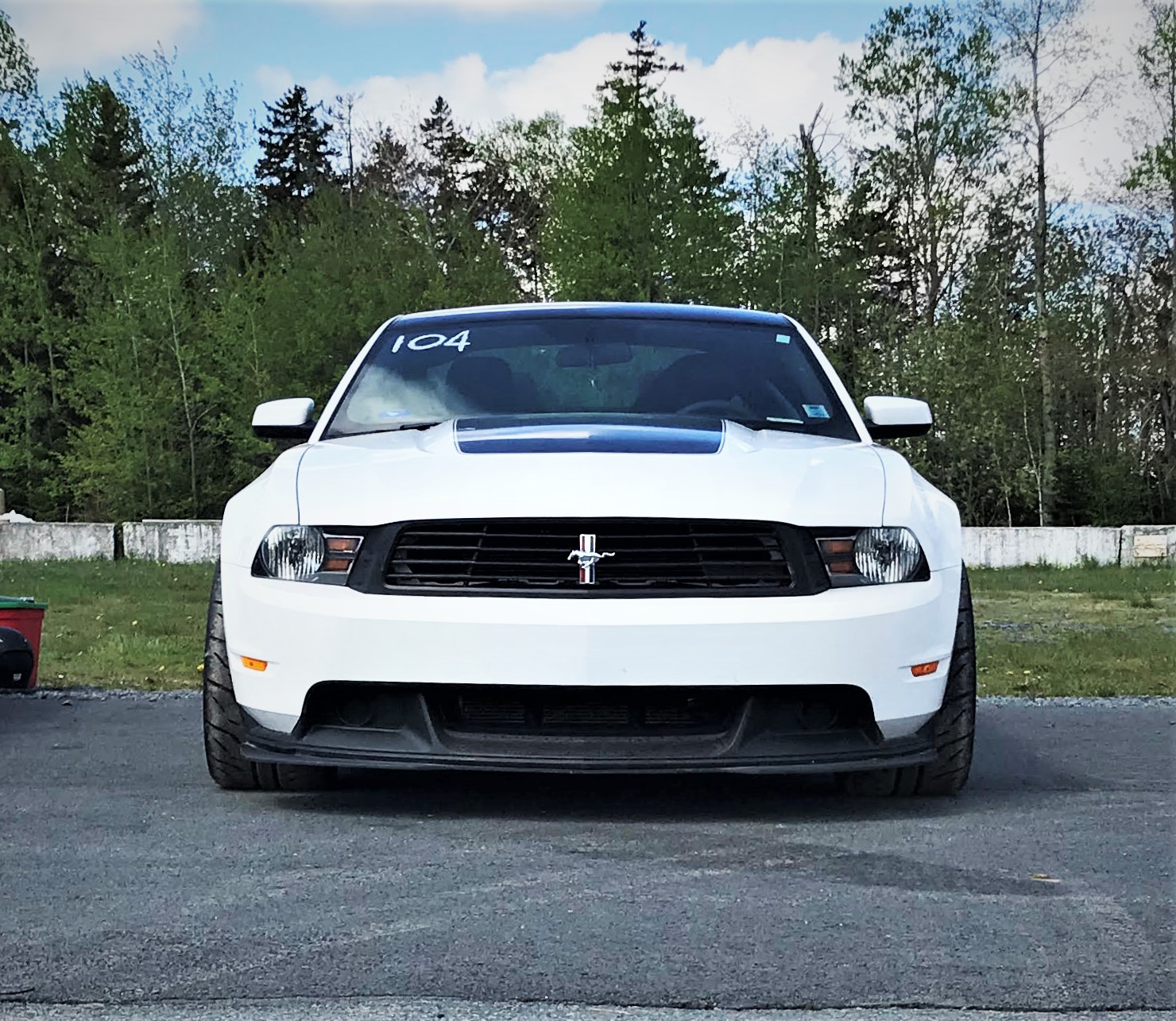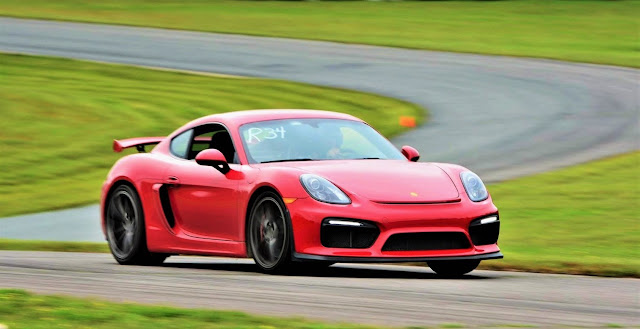730 hp Mustang Saleen 302 Black Label - Saleen © Most people who track their cars quickly come to recognize one of the biggest enemies of speed; heat. Heat affects tires, brakes, fluids, the engine, everything. One area that gets more than its fair share of heat is the engine bay. The most efficient gasoline/petrol engines struggle to exceed 35% efficiency - meaning that more than 65% of the energy in the fuel that is burnt inside the engine is not converted into motion or 'useful energy'. Most of the non-useful energy left over is turned into heat. That means that your average hot hatch making 200 hp could easily produce around 300 kW (400 hp) of heat as a byproduct of making 200 hp. If you're having trouble wrapping your head around that number, that's enough power to heat a large home improvement store. In Canada. Some of that heat goes out the exhaust (thankfully) but a lot of it has to be dealt with in the engine bay through your radiator, and oil cooler i
Last year, I picked up a 2009 Lancer Ralliart to do a long term test with it as a dual duty track/daily. One of the first things I knew I was going to do was put a decent set of tires on it. The car came without OEM wheels which was actually good because I didn't have to hesitate about getting a good set of aftermarket wheels to support going wider. Thankfully, my friends at YST Auto Halifax set me up with a great set of Superspeed RF03RR wheels. The Wheels I had never even heard of Superspeed but I trusted the good folk at YST Auto who mentioned some customer cars running on track with them. These wheels are rotary forged which is basically a prerequisite to be taken seriously in this market populated by companies like TSW and Fast Wheels. The wheels looked like a high quality, well finished wheel and each had a "QC" check sticker on. Just for appearances? Maybe, but I found no defects. The wheels seemed easy to balance (didn't need many weights) and at 18.1 lb. f










